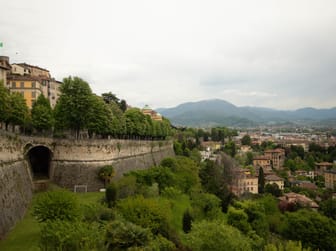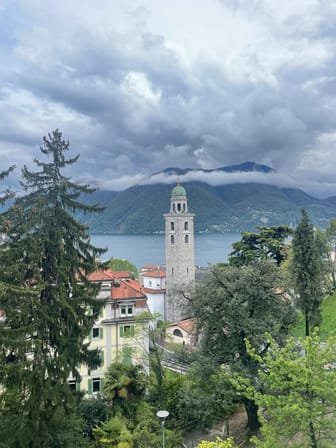Bergamo Cathedral
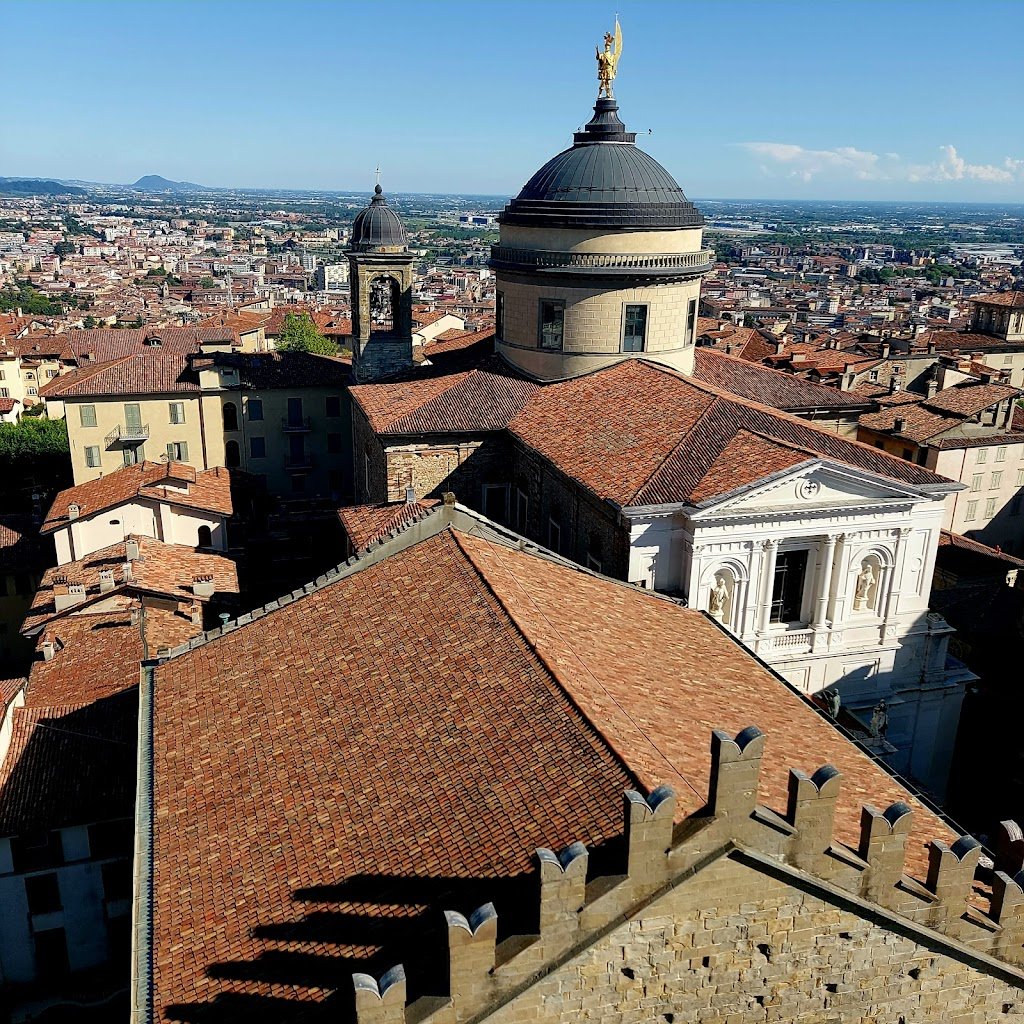
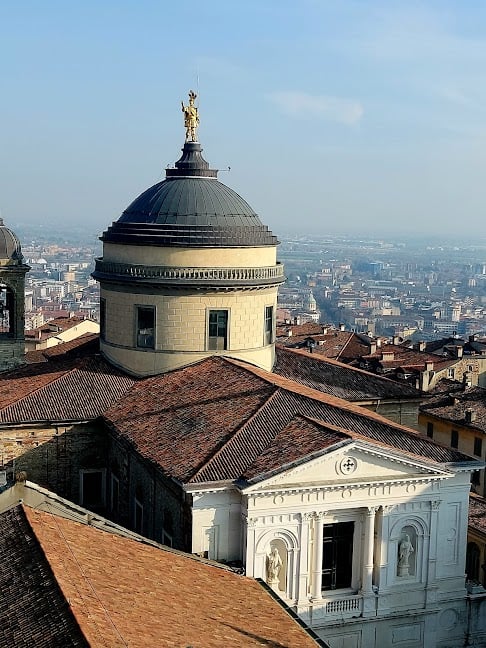
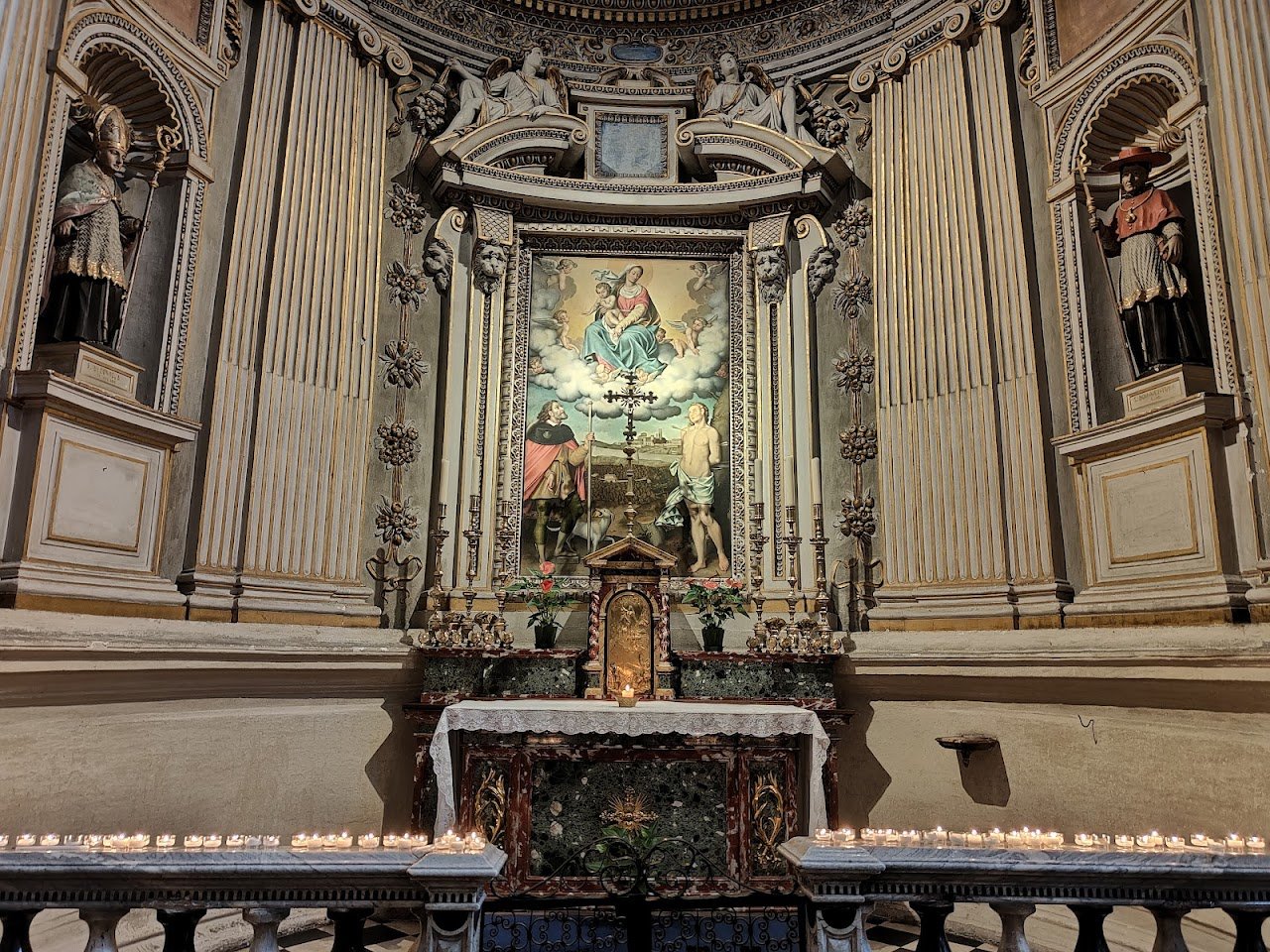
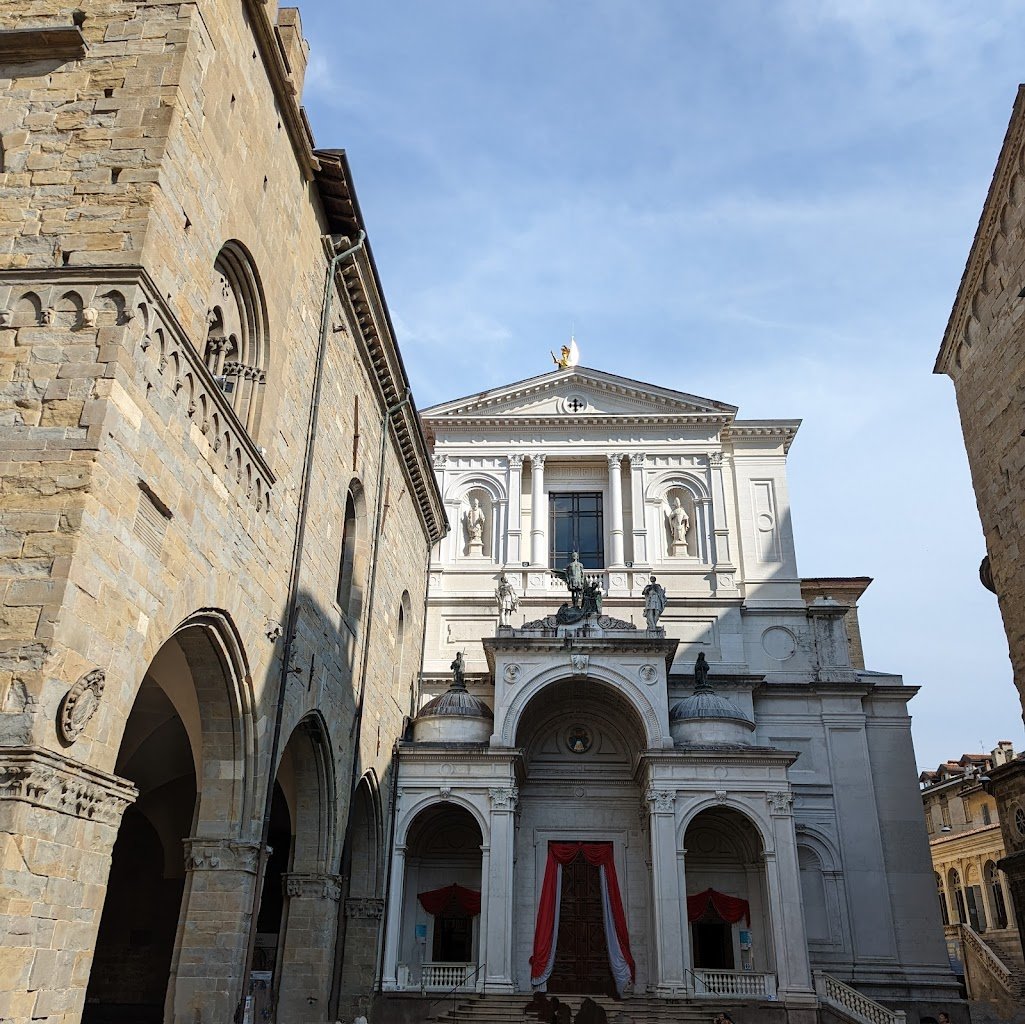

Ask ThatchGPT
Suggest a local expert to plan my trip
Suggest an unique itinerary for my Italy trip
What foods do Italy locals eat
What are some true hidden gems in Italy
Help me brainstorm trip ideas for Italy
Help me plan a family-friendly trip to Italy
What people say
Pedro Pereira
Available for hire
"Its origins can be traced back to the 5th century when a Romanesque basilica stood on the site. Over time, the church underwent numerous transformations, incorporating elements of Gothic, Renaissance, and Baroque styles.
In the 18th century, the Cathedral underwent a significant transformation under the direction of architect Leopoldo Pollack. Inspired by the Neoclassical movement, Pollack transformed the facade into a masterpiece of elegance and symmetry. The white marble facade, adorned with Corinthian columns and a triangular pediment, exudes a sense of grandeur and harmony.
Stepping inside the Cathedral is like entering a realm of artistic splendor. The interior, a harmonious blend of Neoclassical and Baroque elements, is a testament to the craftsmanship and artistry of the era. The soaring dome, adorned with frescoes, creates an air of grandeur and awe.
The Cathedral houses a wealth of artworks, including paintings by renowned artists such as Giovan Battista Moroni, Lorenzo Lotto, and Tiepolo. The Cappella del Santo Sepolcro, a Renaissance masterpiece, is a must-see for its intricate carvings and sculptures.The Cattedrale di Sant'Alessandro Martire holds immense religious significance for the people of Bergamo. It is dedicated to Sant'Alessandro Martire, the city's patron saint, whose relics are enshrined within the Cathedral. The church serves as a spiritual center, drawing pilgrims and devotees from near and far."
Wiktoria Górska-Kijanka
"By the 9th century, Bergamo had two cathedrals: one dedicated to Saint Alexander, believed to be built on the site of his martyrdom, and the other to Saint Vincent, constructed during the Lombard era on the site of the present cathedral. In the mid-15th century, Bishop Giovanni Barozzi commissioned the reconstruction of St. Vincent’s Cathedral, with plans credited to Filarete. The cathedral has a Latin cross layout with a single nave.
The first right-side chapel houses St. Benedict and Saints by Andrea Previtali (1524), while the first left-side chapel contains Madonna and Child with Saints by Giovan Battista Moroni (1576). Other notable works include Madonna with Child and Two Doves by Giovanni Cariani, and canvases attributed to Giambettino Cignaroli and Sebastiano Ricci, including Saints Firmus, Rusticus, and Proculus (1704). The apse features Martyrdom of Bishop Saint John of Bergamo (1731-1743) by Giovanni Battista Tiepolo and Saint Alexander by Carlo Innocenzo Carloni. The main altar was designed by Filippo Juvarra, with wooden intaglio panels in the choir by Johann Karl Sanz. "
Read more in:
Emma Myrick
Available for hire
"Beautiful but the least impressive of the three churches here. It's still beautiful but much simpler than the two neighboring churches. It's famous for holding the remains of Bergamo's patron saint, Saint Alessandro Martyr (whose name the church adopted)."
Read more in:
Mentioned in these guides
About Bergamo Cathedral
Get the inside scoop on Bergamo Cathedral from local experts, travel creators, and tastemakers. Browse genuine trip notes, Bergamo Cathedral reviews, photos, travel guides, and itineraries from real travelers and plan your trip with confidence.
Phone
Save this spot for later or start mapping out a new trip today
Try our AI Travel Assistant and get instant answers to any questions about your trip.
Ask ThatchGPT
